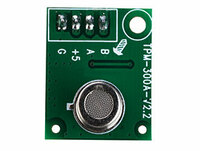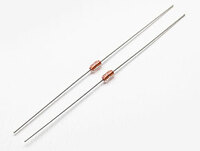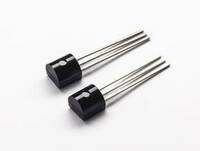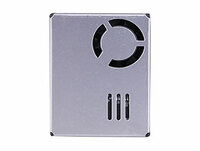Temperature Sensors In Automotive Industry
Specifications
Temperature Sensors In Automotive Industry
Thermistor Sensor In Car
TOPOS sensors are well proven in wide range of Automotive applications with outstanding quality, low prices, and expert support. Using TOPOS’s proven thermistor sensor in car, we help automotive
manufacturers meet stringent emission standards in the automotive industry. Our automotive thermistors set new standards in terms of comfort, safety, and energy consumption. Our automotive coolant
temperature sensors ensure that cabin air is always optimally regulated inside the vehicle for the driver by means of air-conditioning.
TOPOS as one of the most professional PTC thermistor suppliers understand the importance of selecting the correct car coolant sensor for your specific application and with 20 years' experience in
these industry sectors, coupled with our technical sales team, we can ensure the right appliance sensor for your specific application.
How Does A Automotive Thermistor Works?
In a car with an internal combustion engine, the cooling system maintains the optimal temperature of the engine and prevents it from overheating. A car coolant sensor or ECT measures the
temperature of the liquid coolant. A typical car coolant temperature sensor is a Negative Temperature Coefficient (NTC) thermistor, which means the thermistor sensor in car's electrical resistance
decreases when the temperature increases. The tip of the car ECT sensor protrudes into one of the cooling system passages and is immersed in coolant.
Why Is Thermistor Sensor In Car Widely Used?
Thermistor sensors in cars are temperature-sensing elements made of semiconductor material that has been sintered in order to display large changes in resistance in proportion to small changes in
temperature. This resistance of the thermistor in the car can be measured by using a small and measured direct current, or dc passed through the automotive thermistor in order to measure the
voltage drop produced.
A total of 30 thermistors are used in an automotive, which include 20 negative temperature coefficient (NTC) and 5 positive temperature coefficient (PTCs) sensors. An automotive thermistor is
currently a steadily growing market and is expected to continue the same trend in coming years as well. NTC Thermistors are non-linear resistors, which alter their resistance characteristics with
temperature. The resistance of NTC will decrease as the temperature increases.
As a practical use of thermistor, temperature sensors in the automotive industry are inexpensive, easily-obtainable temperature sensors. The thermistor sensor in the car is easy to use and
adaptable. Circuits with automotive thermistors can have reasonable output voltages - not the millivolt outputs thermocouples have. Because of these qualities, thermistors in cars are widely used
for simple temperature measurements. Thermistor sensors in cars are not used for high temperatures, but in the temperature ranges where they work, they are widely used.
Thermistor Sensor In Car Damaged Symptoms
Possible symptoms of a damaged car coolant temperature sensor:
If the vehicle’s fuel consumption rises,
If the vehicle ejects black smoke,
If your engine is overheating frequently.
These are possible indicators that the car coolant temperature sensor in the vehicle is defective and needs to be replaced.
Car Coolant Temperature Sensor Malfunction Detection
The temperature value shown by the automotive coolant temperature sensor must correspond to the engine temperature. If the part indicates high temperature while the engine is cool, and low
temperature when the engine is hot, then the thermistor sensor in the car is faulty. Checking of the thermistor sensor in car voltage must be performed by using a voltmeter. The voltage value of an
automotive thermistor must be 3V on average. The voltage must decrease to 0.5V if the temperature increases. If the inspection has detected that the voltage level is exceeding the norm, it means
that there is no grounding. If the value is zero, then there is no input voltage or the wiring is short-circuited.
- Country: China (Mainland)
- Address: 6F, JinXiongDa Indusry Park , GuanLan Town, LongHua District, Shenzhen, China.
- Contact: toposen com










